The clean livestock policy for sheep was introduced about a year ago by the Department of Agriculture.
It was established following a consultation period with industry stakeholders and aims to safeguard Ireland’s domestic and export sheepmeat and hide trade.
While the policy has been in place for the last year, it has come more into the spotlight in recent weeks due to greater challenges in presenting sheep in the required condition for slaughter.
This has in cases led to some sheep being rejected for slaughter until remedial action has been taken.
This includes delaying slaughter and allowing sheep time for their fleece to dry or shearing to reduce the risk of contamination during the slaughter process.
The major element of the policy is a three-category system which slaughter plants must use to denote the condition and suitability of sheep presented for slaughter.
The policy states that each processing plant must provide photographic examples of each of the three categories at the entrance to the lairage.
The Department has provided these photographs to demonstrate the type of animals falling into each category, as shown below.
Furthermore, the number of sheep falling into each category must be recorded. The policy recommends that “to ensure a process of continuous improvement, over time, the processor should provide feedback to herdowners/keepers on the condition of their animals presented for slaughter, eg - by giving the number of animals by CLP category; by providing photographic evidence, where necessary, of the condition of the animals”.
In the case of category A animals, the policy states that no intervention is required outside of standard hygienic dressing procedures. For category B animals, the policy states that the factory must ensure than an intervention takes place to reduce the risk of contamination. One example listed in the document is the removal of wool from either side of cut lines in a well-ventilated area immediately after bleeding and prior to entry into the dressing area. Other additional or alternative options are allowed provided they achieve the desired outcome.
Highest risk
Category C animals pose the greatest risk and are deemed unacceptable for slaughter.
The policy states that the food business operator (FBO) – the slaughter plant – must take the required steps to rectify the condition of animals.
As mentioned previously, this can range from drying the fleece to shearing animals before presenting for examination pre-slaughter.
The policy adds that each FBO must also have a standard operating procedure, which sets out how category C sheep will be dealt with, in place and agreed with the Department.
Category (A) Satisfactory
This reflects sheep in a similar or cleaner condition to the one shown. Sheep that can be slaughtered, without an unacceptable risk of contaminating the meat during the slaughter process, by using the standard hygienic dressing procedures routinely employed by the plant.
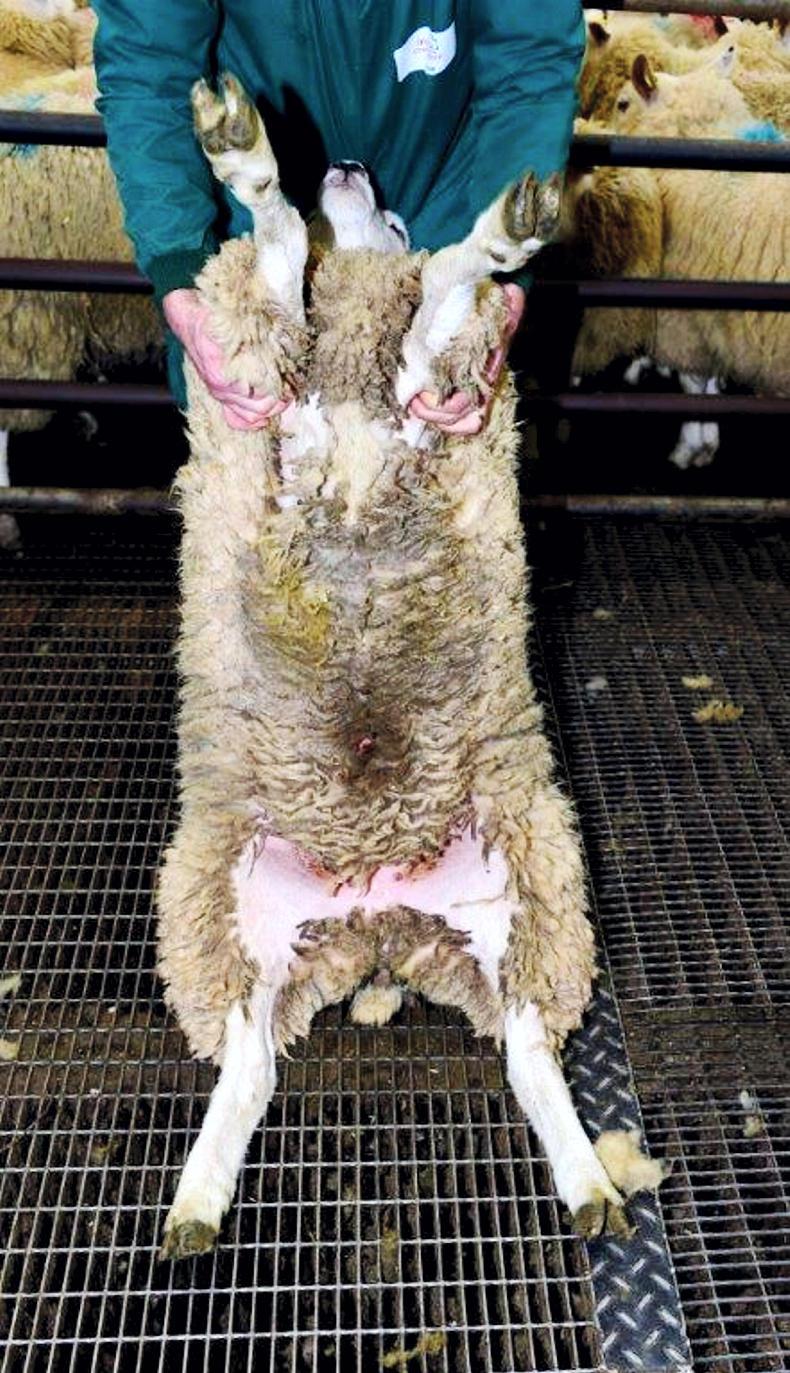
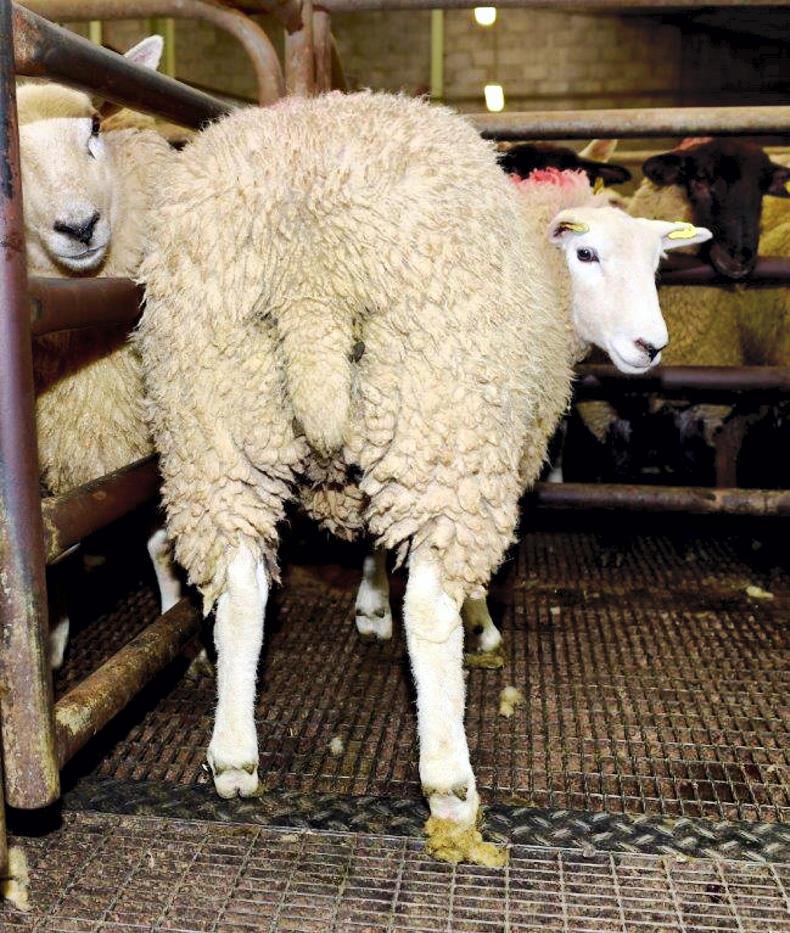
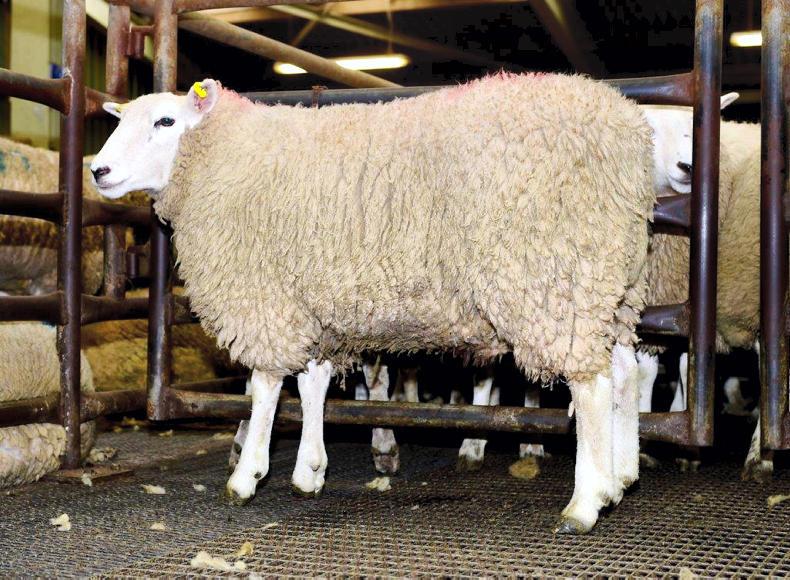
Category (B) Acceptable
This reflects sheep in a similar or cleaner condition to the one shown.
Sheep that can only be slaughtered, without an unacceptable risk of contamination of the meat during the slaughter process, by putting in place additional interventions including extra defined dressing controls.
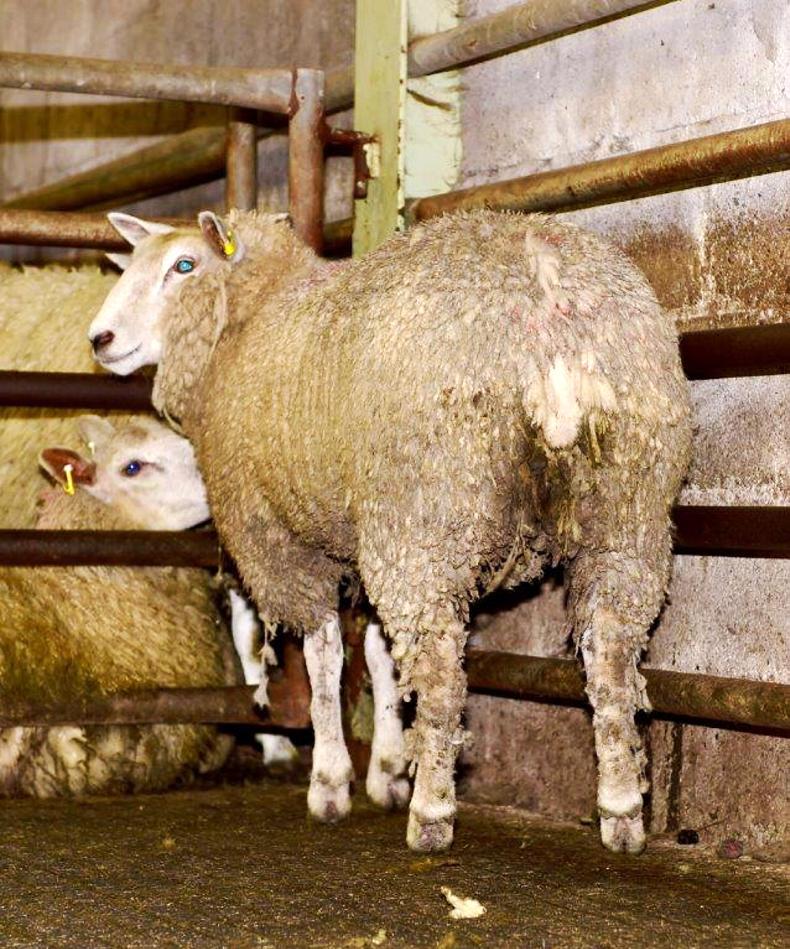
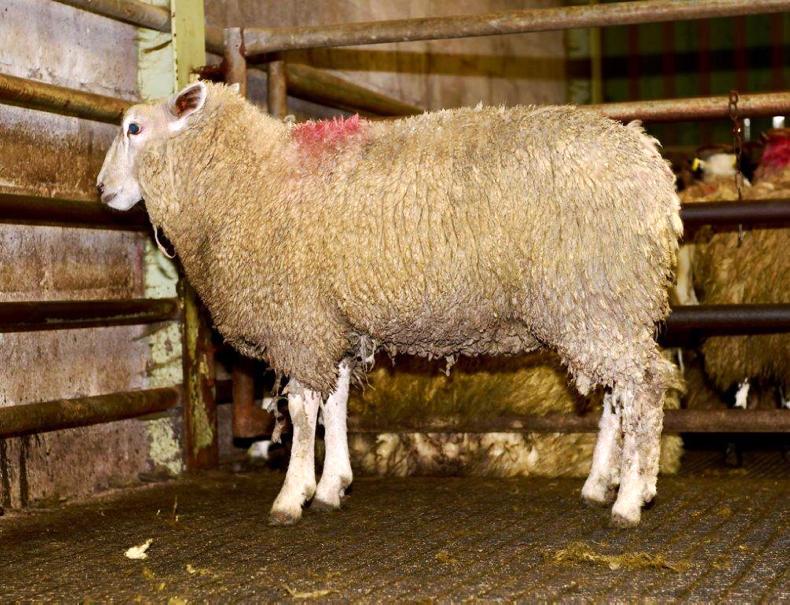
Category (C) Unacceptable
This reflects sheep in a similar or dirtier condition to the one shown.
Sheep unfit for slaughter because of fleece condition.
These sheep must not be presented for ante-mortem in this condition and it is the responsibility of the FBO to take the required remedial action.
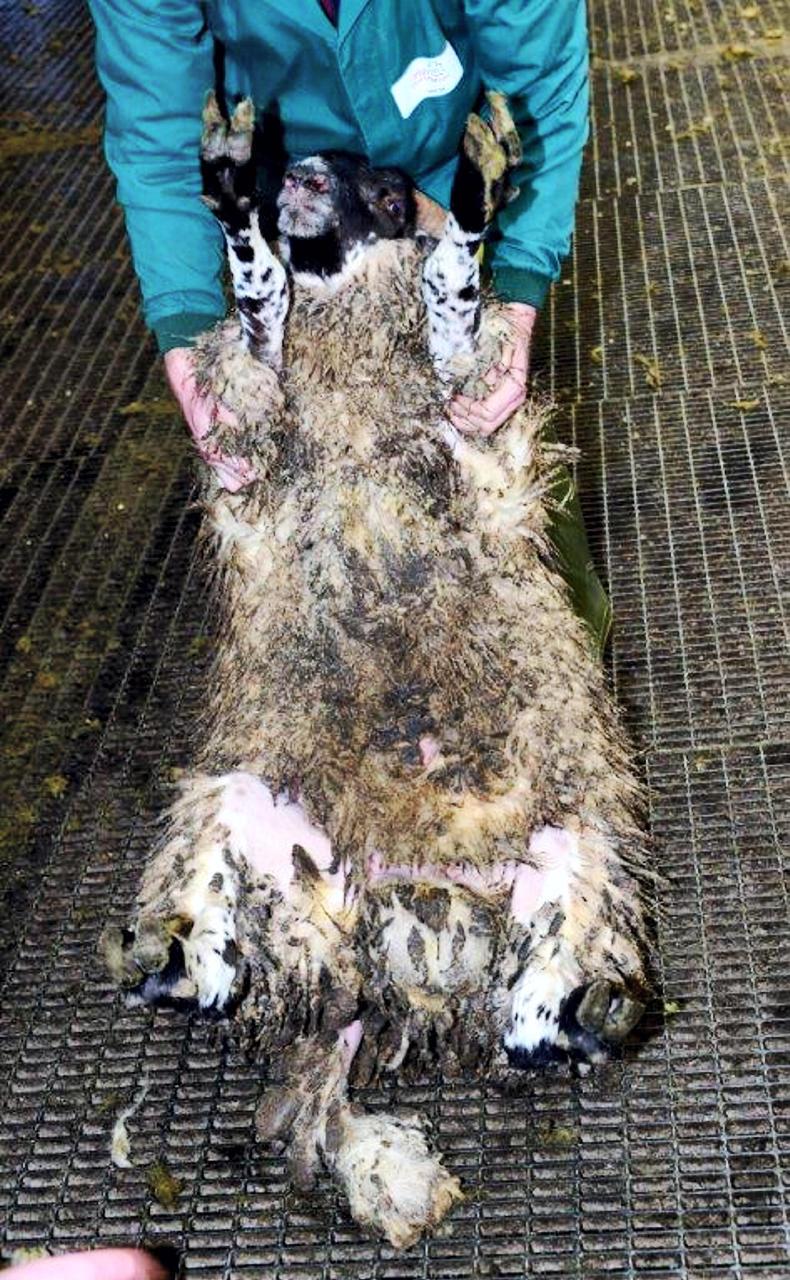
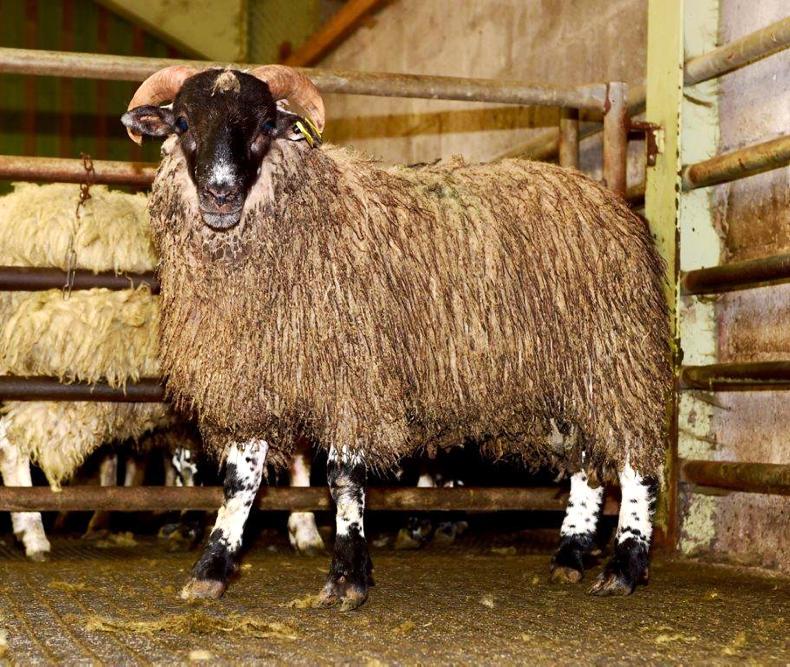
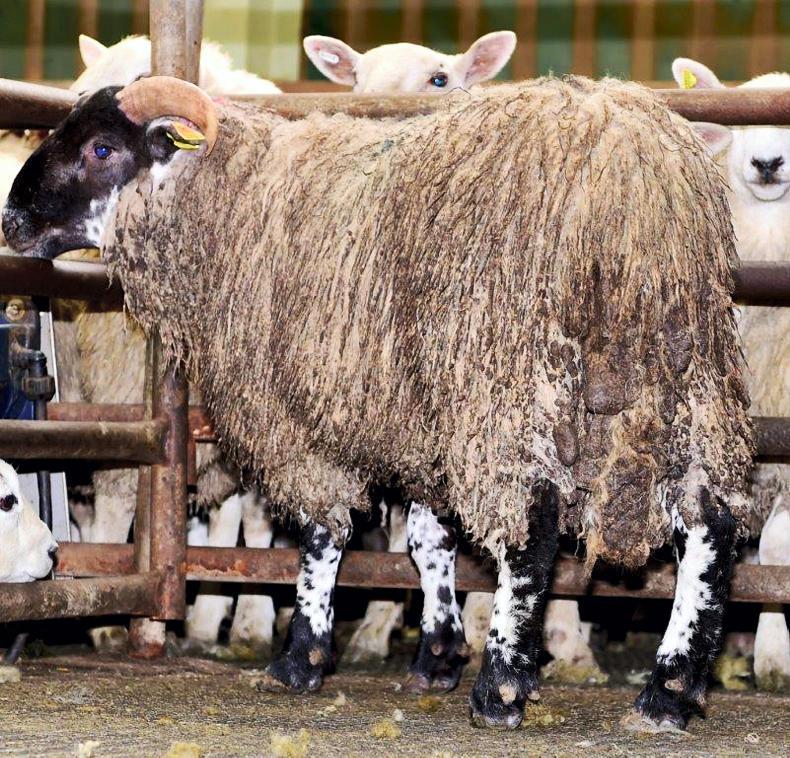
Full coverage of the Clean Livestock Policy
Sheep trends: prices steady as kill edges up